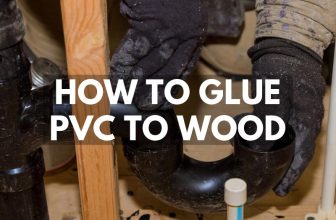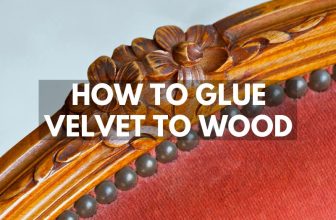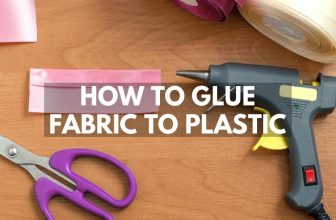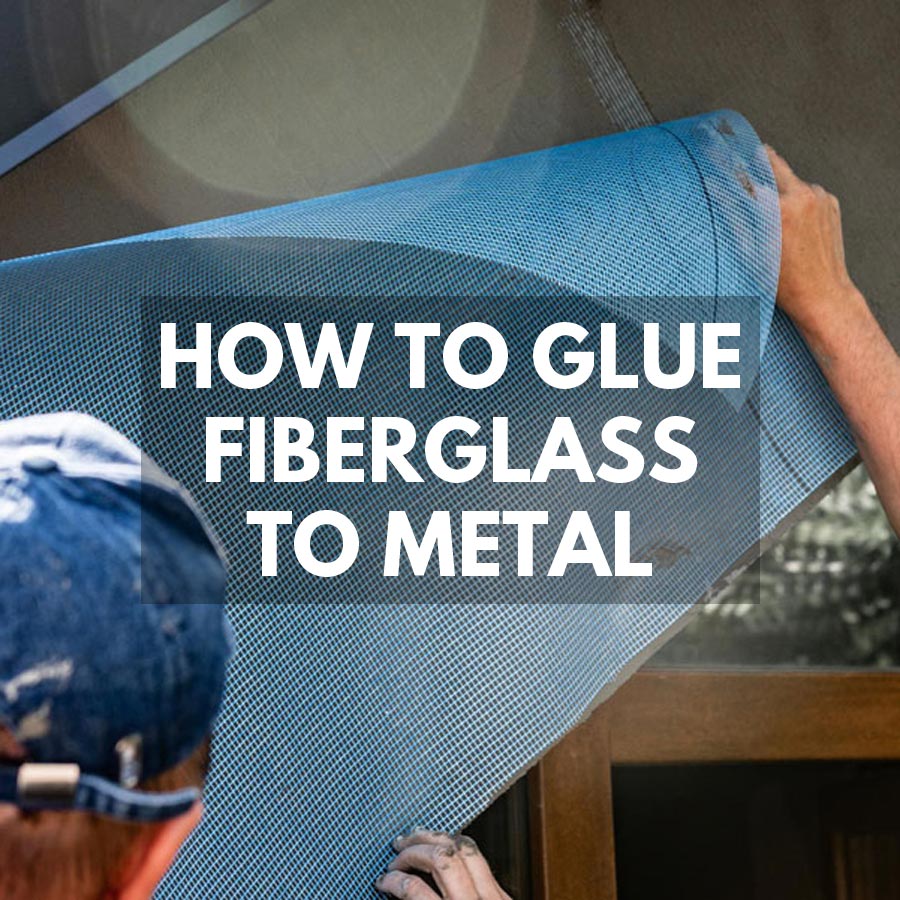
How to Glue Fiberglass to Metal
In this guide o how to glue fiberglass to metal, you will learn step-by-step how to prepare the surfaces, apply the glue, and cure the bond to full strength.
The top choices for gluing fiberglass to metal will include epoxy resin, polyurethane glue, and a special choice known as MME adhesive. MME is also called Methyl Methacrylate adhesive and needs to be ordered at specialty outlets.
Each of these adhesives has various curing times that can become cured faster when allowed to cure in a warm room. In special cases, these adhesives will need clamping in certain conditions that aren’t ideal for horizontal gluing conditions. You will notice we recommend some of the same types of glue as in this guide to gluing fiberglass.
Some preparation to help bond fiberglass to metal will include scratching up and sanding each surface appropriately. Despite the price differences between each adhesive, one of these will be ideal based on curing times and the potential for flexibility.
What Glue Can You Use for Fiberglass to Metal?
Here are some of our favorite glues to use when bonding metal and fiberglass together:
Polyurethane Adhesive
This adhesive is also known as PU glue and is moisture-sensitive to induce a speedy cure. When gluing fiberglass to metal, both surfaces must be prepared so the bond between them will best adhere to these surfaces. Brands such as Gorilla Glue and Titebond are suitable since each of these offers a spray or gel formula to be applied.
The total curing time will depend on the addition of a water spray and using minimal clamping for the initial bond. There is the essential need to post-cure this type of adhesive so the final curing time allows both of these surfaces to bond correctly.
Epoxy Resin
All epoxy kits include 2-part mixtures that are going to cure at different times depending on the speed of the epoxy system. Faster 5-minute kits are indeed faster but do not ensure a long-term bond so any kit that allows for 1-hour setting times is advised. The total curing time also requires a full day to allow the epoxy to cure completely and gain the strength needed for precise adhesive applications.
The will be some preparation that includes sanding of both surfaces that allow epoxy systems to grab onto metal surfaces better. Fiberglass doesn’t need much sanding to bond well due to the composition of fiberglass materials however if you are gluing fiberglass to plastic you should try and rough it up more.
Methyl Methacrylate Adhesive (MMA)
When using MMA adhesives, these work similarly to epoxy resin and have 2-part mixtures that are applied and bonded together until it cures. This type of adhesive is often used for structural adhesive usage but is preferred for its strength and provides a flexible bond where some flexing or heavy vibration is encountered. This adhesive is also ideal when being used around water such as in a model boat or aquarium conditions.
This special polymer adhesive does need a full cure to allow the mixture to complete its chemical cure. It’s not the cheapest system to use making this adhesive more expensive to use for typical applications but is highly effective for the advantages it offers for great bonds.
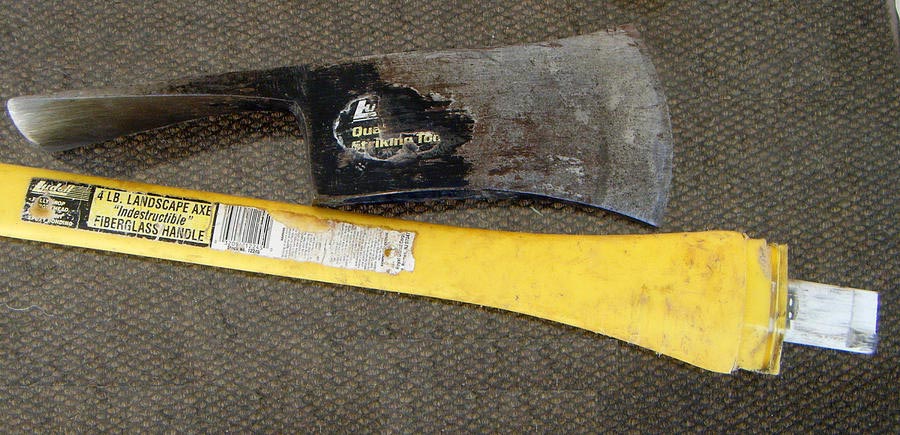
How to Prepare Fiberglass to Metal Before Gluing
Metal surfaces will need finer sandpaper to create a scuffed surface before any adhesive is applied. The best sandpaper should be 600-grit and higher depending on the metal that is used. Softer metals such as aluminum and brass will benefit from anything above 500 to 600-grit sandpaper. Fiberglass is easy to scuff by using larger grit sandpaper within the 300-400-grit spectrum.
Both surfaces need to be clean and dry using acetone or 99% alcohol that is heated slightly with a hairdryer to burn off any alcohol left over. Just like when bonding fiberglass to wood, if the surfaces aren’t clean, impurities can weaken the joint.
How to Apply Glue for Fiberglass to Metal
Polyurethane adhesive is not completely equal since the formulations range from gel versions and sprays. It’s better to use a gel formula to ensure that uneven fiberglass surfaces will have smaller gaps filled that will cure any metal pieces that are attached. Using a flat tongue depressor or spatula tool is best for thick gel formulas. Epoxy resin can be thickened further to prevent it from dripping or being too runny if it’s too thin.
MMA adhesive is naturally thick like a paste so it will be easy to spread onto metal and fiberglass surfaces using a flat spatula tool. If using a finger, gloves are recommended to keep the adhesive off of exposed skin.
How to Cure Fiberglass to Metal Glue
Each of these adhesives has different curing times yet each has an advantage when being exposed to warm rooms while curing. Polyurethane adhesive will begin to cure when moisture is introduced. MMA adhesive cures through chemical curing and can be sped up just like epoxy resin does. Only polyurethane adhesive is pressure sensitive when clamped but don’t forget that the curing process needs 10 hours at a minimum to totally cure.
It’s safe to say that each of these adhesives will require no less than 24 hours to reach a full cure. This will ensure the best bond no matter the type of adhesive that’s used.
Which is the Best Glue to Use?
The best glue that is recommended for long-term bonding on a budget will always be an epoxy resin. Small epoxy kits are affordable and are perfect for being accessible from many store outlets. Polyurethane adhesive is another good choice except that it’s more expensive and isn’t always sold at local hardware stores or hobby shops. The most expensive solution is MMA adhesive which is best suited for high-end structural requirements.
When MMA adhesive is needed, specialty outlets that sell specialty adhesives are used for construction and vehicle repair products.






